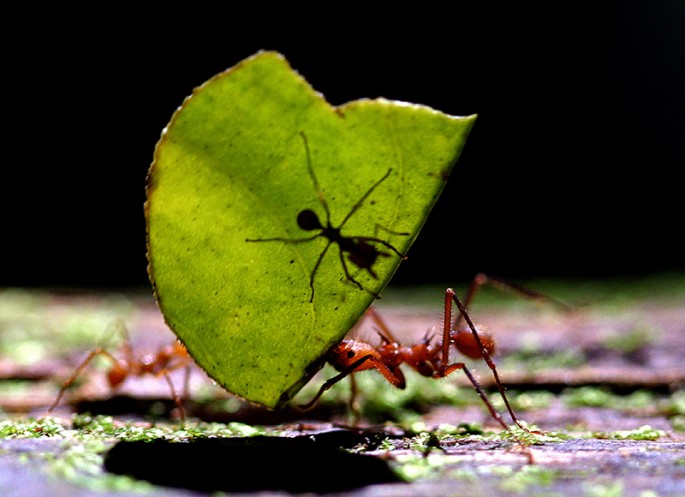Pavement ants are so tiny that you hardly notice them or regard them as a problem but they create rigor once they decide to eat up all the food in your not-so-properly closed lunch box or sugar in a sugar-drum in the kitchen or the junk food crammed in your picnic bags.
Pavement ants have an uncanny predilection for your palatable junk food. Thus, they have the savour for human food more than any other ant species. They will eat almost anything that humans eat, also stuff that we don't, such as live and dead insects. Their real penchant is for meat and grease, though. A study has been published in journal by Proceedings of the Royal Society B about ant diet.
"Human foods clearly make up a significant portion of the diet in urban species," a scientist says. "These are the ants eating our garbage and this may explain why pavement ants are able to achieve such large populations in cities."
They are also the consumers of even the food that we throw since they tend to finish even the last morsel from the garbage dumps.
Further, when we keep the 'survival of the fittest' concept into consideration, these pavement ants will transparently survive the longest, more than any other ant species.
In the words of Leon C. Megginson, "It is not the strongest or the most intelligent who will survive but those who can best manage change."
The pavement ant was initially an ant native to Europe and an introduced pest in North America. Its common name comes from the fact that their colonies in North America where they usually make their homes in the pavements.
It is distinguished by one pair of spines on the back, two nodes on the petiole, and grooves on the head and thorax.
Even if the natural food (dead insects) onto which these ants thrive extinguishes, they have the alternative ready with them-Human food.



























